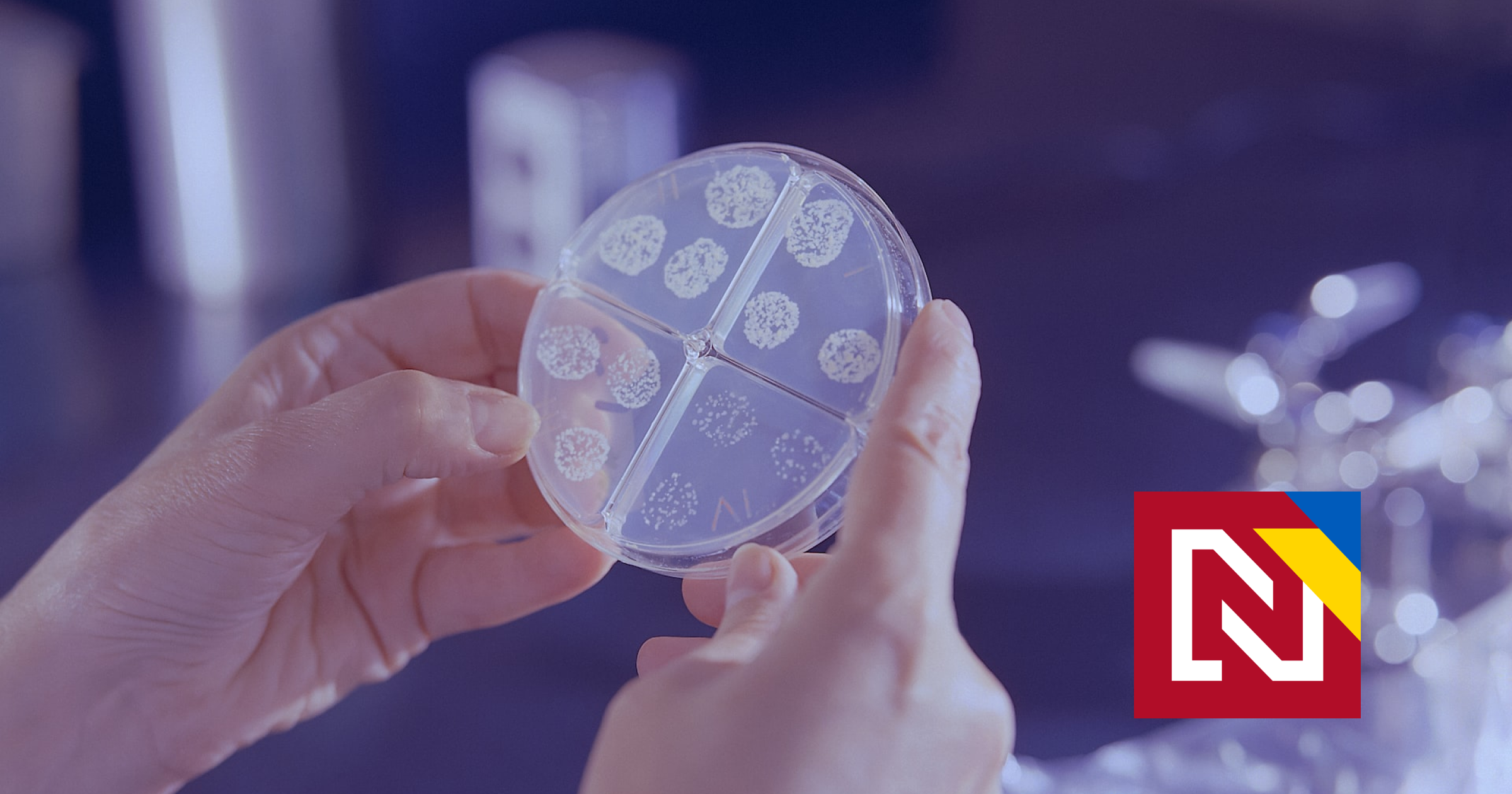Creating electricity out of thin air sounds like a modern alchemist’s dream. The raw material is all around us and at the end of the process we will get the answer to sustainable development.
A study published this week in the journal Nature describes the mechanism by which an extremely hardy soil-dwelling bacterium generates electricity from air. In the future, the authors say, this could be used to make a natural battery that would power small devices – such as watches that measure physiological functions.
The researchers also mention potentially larger applications such as laptop chargers or even car chargers. However, hydrogen energy expert Robert Willows tempers his enthusiasm, reminding us that the research is still in its theoretical beginnings.
Tenacious bacteria
Some bacteria can survive in extremely inhospitable conditions, such as high pressure, pollution and lack of food. In order to cope with life in a volcanic crater, deep under the sea or in acidic soil, they had to develop various compensatory mechanisms.
It was the soil bacteria that caught the attention of Australian scientists. “It may sound surprising, but when times are hard and no other food is available, some soil bacteria can use trace elements of hydrogen from the air as a source of energy,” wrote the authors of the study from Australia’s Monash University for The Conversation portal.
This activity of bacteria also shapes the overall composition of the air we breathe, as they remove up to 70 million tons of hydrogen from the atmosphere annually. “We have known for some time that bacteria can use trace hydrogen in the air as an energy source. But until now we didn’t know how they do it,” said one of the authors of the study, Chris Greening.
Searching the genome
Scientists wanted to understand how bacteria do this, so they set out to find this “powerhouse” in the genome of a particular bacterium, Mycobacterium smegmatis. It has the shape of a bacillus and is a close relative of the bacterium Mycobacterium tuberculosis, which causes TB.
